One effective strategy to improve Reading Fluency is 'sounding out words'. The child says each sound in a word and then say the word. One of best ways to start practicing the 'sounding out' strategy is by using CVC (Consonant Vowel Consonant) or three letter words. There are many ways to present CVC words to the students, being flashcards the classic one. However I created the "Bowl of Little Words" and the students were very motivated to use it. To make this game I used glass pebbles and pictures cut out from a phonics workbook answer key.
.
Reading CVC words quickly, sounding them out quickly, is a great skill to have during the early stages of literacy development and has a huge impact in Reading Fluency. And why is this important? Because Reading Fluency has a big impact in comprehension.
To read CVC words fast students need to recall letter sounds quickly, so teaching the sounds of the letters would be a stage prior to sounding out.
Some students go quickly through the sounding out phase. The students with most difficulties are the ones who ‘might’ (please note that I said might) have learning difficulties, especially if they have difficulties sounding out words when ‘you’ give them the sounds to blend and form a word.
Reading CVC words is just one of many strategies to increase Reading Fluency. I will talk about other strategies in other posts.
Grades: preK - KG - First
Objective: Increase Reading Fluency by practicing reading CVC and three letter words.
Possible Activities:
Student will:
- Read one word at a time then turn the glass pebble to look at the picture to see if the word was read correctly. Students can take turns reading the words.
- Get a handful of pebbles and read the words to a friend.
- Make pairs of words that go together. (classification)
- Make sets of two or more words that belong to the same 'word family' (AT - EN - OX for example)
- Use two or more words to create a sentence. Orally or in written form.
- Use two or more words to create a story. Orally or in written form.
- Teacher will show a word for a few seconds to the student. The student then says the word and then the teacher gives the student the pebble to look at the picture to confirm or self-correct.
Materials needed to make this game (or center):
- 'Answer key' pages of any workbook as the pictures are usually very small or wherever you can find small pictures
- Glass pebbles (preferable opaque)
- Marker that writes on glass (found at Michaels or JoAnn)
- Mod Podge or Elmer's glue
This is the workbook I used for the pictures.
The other pages I put inside plastic sleeves and use them as centers.
Cut the pictures from the answer Key of a workbook. Cut them making sure they will fit on the pebble.
Write the words on the pebbles.
Now I involved the students in the process.
They paired the words with the pictures, which is a reading activity in itself.
Students Modpodged the pictures on the pebbles.
Sample activities:
Get a handful of pebbles and place them on the table.
Arrange them so none is upside down. Meaning the pictures are not visible.
Read the words and turn the pebble to check.
Do this with all pebbles and turn them over again.
Choose two words and make up a sentence.
Now make up a story with those words.
Another big hit with the children was the addition of a fish in the " Little Word Bowl".
The activities are the same as described above but 'the fish' is the one reading the words. As the fish reads the words the child turns the pebble to reveal the picture.

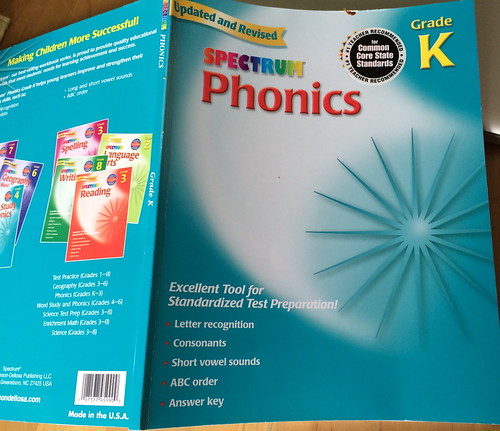
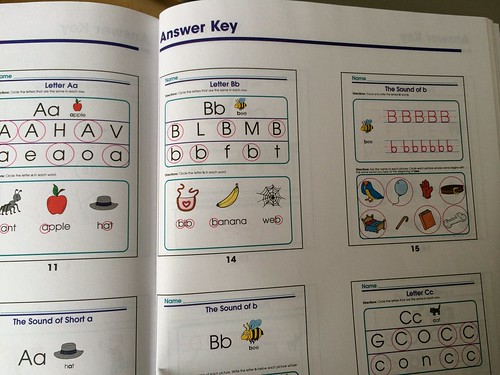



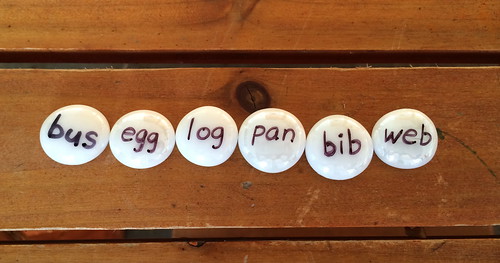
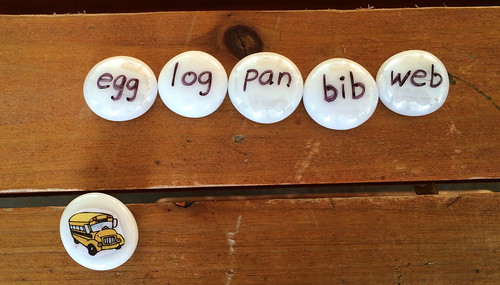

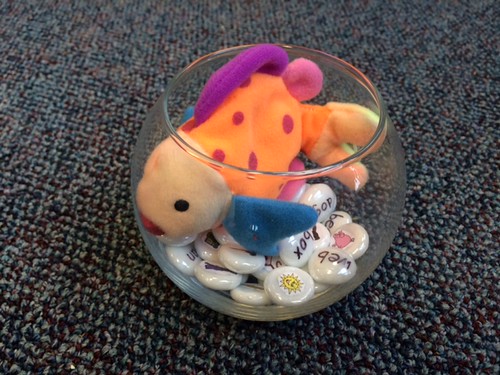
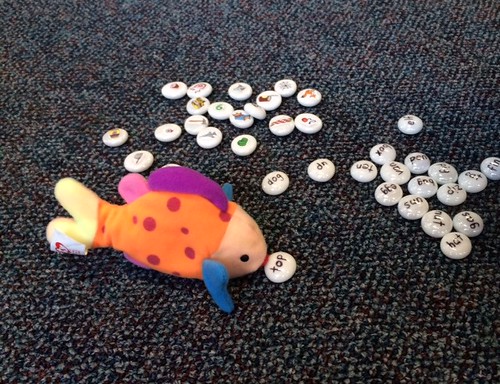
No comments:
Post a Comment